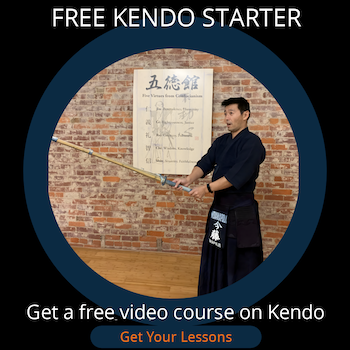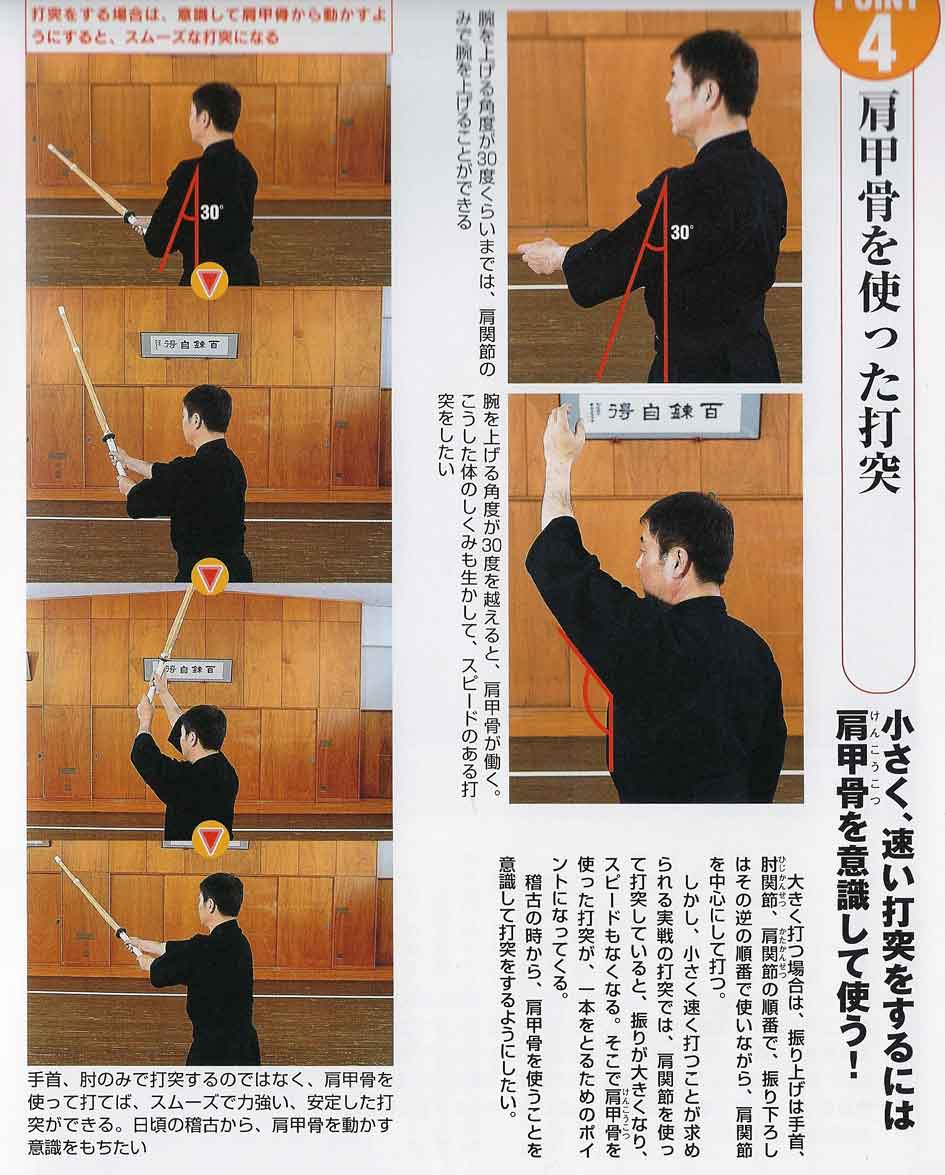You Got It!
Detroit Seminar 2011:
Teachings of 8-dan
I had a great opportunity to participate in the 2011 Detroit Seminar in February.
I always wanted to go to one of those seminars held in US with one or more 8-dan sensei. This time, we had Kunihide Kōda (8-dan kyōshi) for the seminar.
After 20 years and 9 hours, finally I saw him again
The seminar started at 6pm and we left Indiana for Detroit at 9am. We got to the venue after 6pm!!!
Yes, we had a flat tire on the way. After that, we found that one of the car windows started making flapping noises. Apparently someone tried to break into the car before and the window was half ripped open.
It was not doing that at the beginning of our trip but now making a lot of noises. And it was COLD!! So we got a duct tape to seal up the window.
After such 9 hours of adventure, we finally got to the venue and finally I saw Kōda sensei for the first time after 20 years and 9 hours! I met him when I was 18 years old. I wanted to go to Tsukuba University where he has been a professor.
Tsukuba University has been one of the top universities in Kendō world. So of course, as a high school student, my dream was to go there. So I went to Tsukuba University to practice before I sat the university entrance exam.
Well, I did really bad in the paper portion of the entrance exam and I never saw him again…until NOW!
So this time my participation in this seminar was not only just for my Kendō training but I personally wanted to tell him that I really appreciated him for letting me practice with his students 20 years and 9 hours ago.
What we learned: Something Unique to Kōda sensei…
I am sure that you really want to hear what we learned in the seminar, not my personal story! If you have attended to one of these seminars with 8-dan before, there is one common thing that must be repeated over and over during the seminar; the basics is the core of kendō. They do not really teach techniques much unless they are invited to coach a national team or something.
This seminar was the same. Kōda sensei also emphasised on the basics. But I have to tell you that there were a couple of things that I think it was unique to him.
- Use your shoulder blades to strike
- Small men strike: Shoulders up, kensaki down.
Use your shoulder blades to strike
You might wonder how we strike with the shoulder blades. There is a good lesson behind it.
Many people use their arms and hands to strike faster than their opponent. As a result, the strike becomes what we call "te-uchi". It is not "tenouchi". Te means "hands" and uchi means "strikes".
So it is easy to understand what it is, right? In Kendō, we are told to strike with the lower body. This is also a lesson for us not to do te-uchi.
Kōda sensei also tells us that we should not strike with only hands but with the body (lower body). And to look at the same concept in a different view, he tells us to strike with the shoulder blades.
So how do we strike with the shoulder blades?
In your next training, try to do the following.
When you execute men strike in basics, focus on the shoulder blades. Instead of moving your shinai first, try to move your shoulder blades forwards a bit and upwards. This makes it possible to lift your sword without moving your shinai at all.
This will allow you to maintain your posture straight. If you try to strike with the hands (arms), you tend to stretch out your arms first. If you do this, your lower body tends to be left behind.
\By doing what Kōda sensei suggests doing, there is a chance for your strikes not to become "te-uchi".
Small men strike: Shoulders up, kensaki down.
Once you've learned how to use your shoulder blades when striking, it is time for you to learn how to execute small strikes. Kōda sensei told us that we should learn the difference in mechanism between small strikes and big strikes.
Assuming we all know how to make big strikes, I will share what Kōda sensei told us in the seminar.
In big men strikes, when our shinai hits our motodachi's men, our shoulders should be down. In small strikes, say men strikes, we strike men while our shoulders are still up. If you have a hard time imaging, think this way.
You start moving your arms by our shoulder blades and this moves our shinai up and forwards. While your shinai is moving up and forwards towards the target (men), kensaki starts going down on the target.
"This is how those Japanese top kendoists strike", says Kōda sensei. He continues, "But it is not a ‘thrusting (sashi) motion'. The kensaki should still a cutting motion." What he was saying here is that we should not do "sashi men".
Even though he mentions about "striking with shoulder blades" in his book, "DVD de Mirumiru Jōtatsu Ippon wo Toru Kendō", he does not mention this mechanism of the small men strike in the book. So we are quite lucky to know his theory of small men strikes.
Now I must remind you that theories and concepts behind everything in kendo, even only men strike, are based on senseis' life-long training. It is normal that they are different from sensei to sensei. We should try what they say and polish up our Kendō.
Anyway, I hope these will help your Kendō development!


